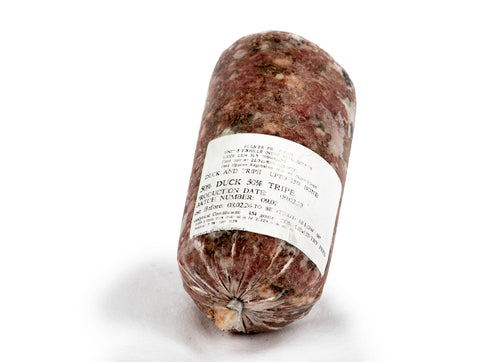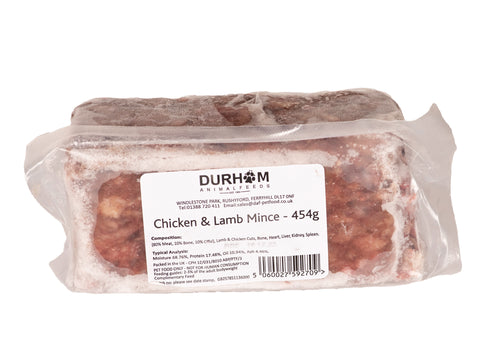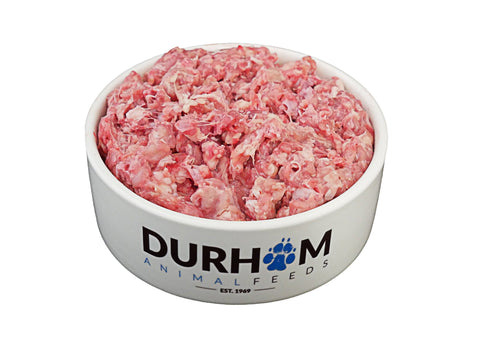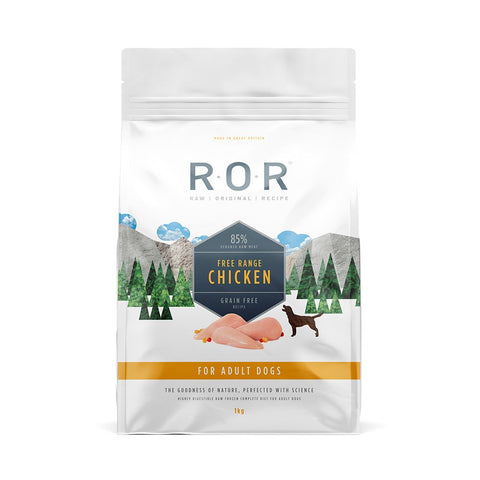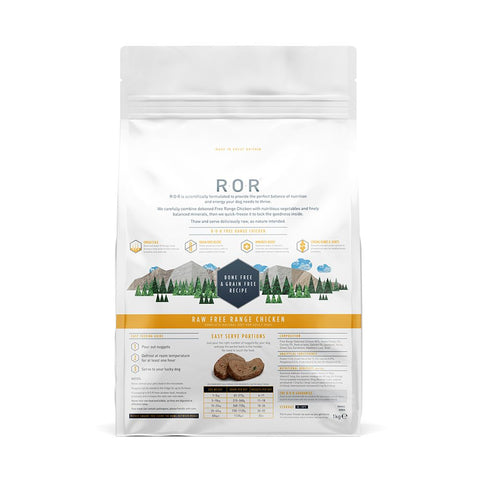Worms and Your Dog

Second to fleas, intestinal worms are a parasite always trying to occupy your dog; its estimated 80% of dogs get infected with worms. The two main worms your dog comes into contact with are Round worms (Toxocara canis) and Tapeworms (Taenia and Dipylidium).
Signs your dog could be suffering from a worm infestation are swollen “pot bellies” in puppies, vomiting up a round worm and nibbling at the base of their tails due to irritation. Puppies will need round worming from 2 weeks of age, with a treatment every fortnight as they can receive round worm larvae from their mother via the placenta and her milk, after 12 weeks the treatment can be administered monthly and then quarterly after 24 weeks old, using a one dose wormer that also treats tapeworms.
Round worms are also picked up by adult dogs; the eggs are microscopic and are passed in their faeces. They stick to surfaces as they come into contact with them, and then are ingested by your dog when they lick that surface, whether that’s their paw or your shoe. So even if your dog hasn’t been outside, they can still get round worms as you can bring the eggs into the home. They migrate round the dog’s body, the eggs hatching in the intestines and the larvae travel to the lungs via their liver and bloodstream. Coughed up and swallowed again they then develop into adults back in the intestines, beginning the cycle when they start laying eggs.
Round worms are zoonotic, on rare occasions they can cause Toxicarasis, which can cause blindness, especially in small children; this is caused after the larvae has hatched in the stomach and they migrate to organs like lungs, liver, brain and eyes, become encysted to the organ permanently.
Tapeworms infest your dog via an intermediate host; the most common tapeworm is Dipylidium caninum whose host is the flea which they can ingest when grooming. Tapeworms are made up from segments and can measure over a metre in length they shed the oldest segments, which contain the eggs, the flea larvae is munching through organic waste and will eat those segments and develop with a dormant worm waiting for its reintroduction to a dogs intestines.
To prevent a large infestation it is recommendable to worm your dog with a one dose wormer at least every 3 months and after any flea problems.
Echinococcus granulosus tape worms are also zoonotic, they can cause Hydatid disease in humans, it is prevalent on the continent but with our dog’s going on holiday with us, the risk to us is increasing. The tapeworm egg is passed in faeces, and we act as an intermediate host instead of the flea, as the eggs travel through the bloodstream, lodging in organs and forming cysts containing tapeworm heads. The most commonly affected organ is the liver; symptoms are stomach upset, diarrhoea and swollen belly amongst others. Washing your hands after coming into contact with dog faeces and worming your dog regularly will help reduce your chance of getting infected.

